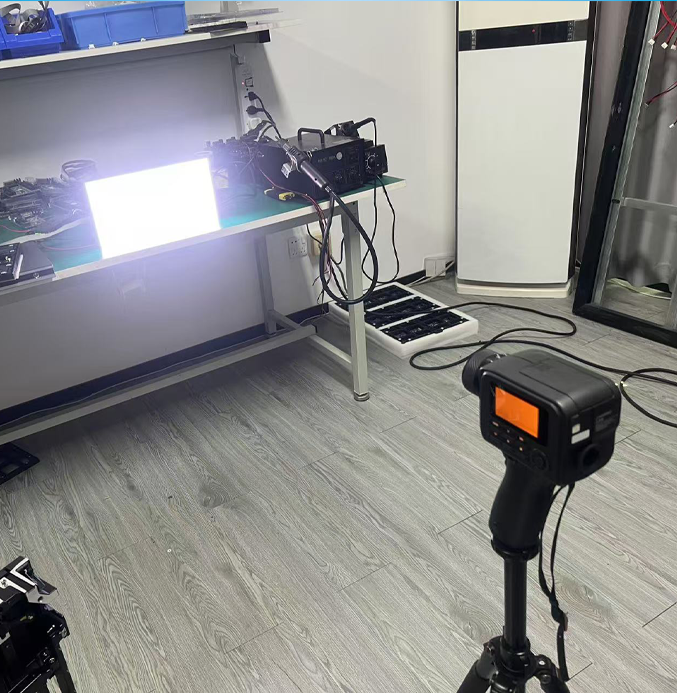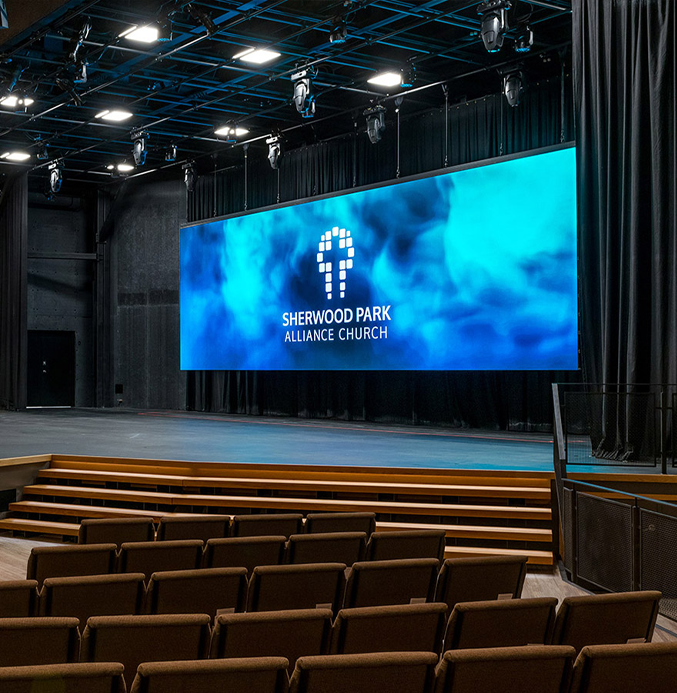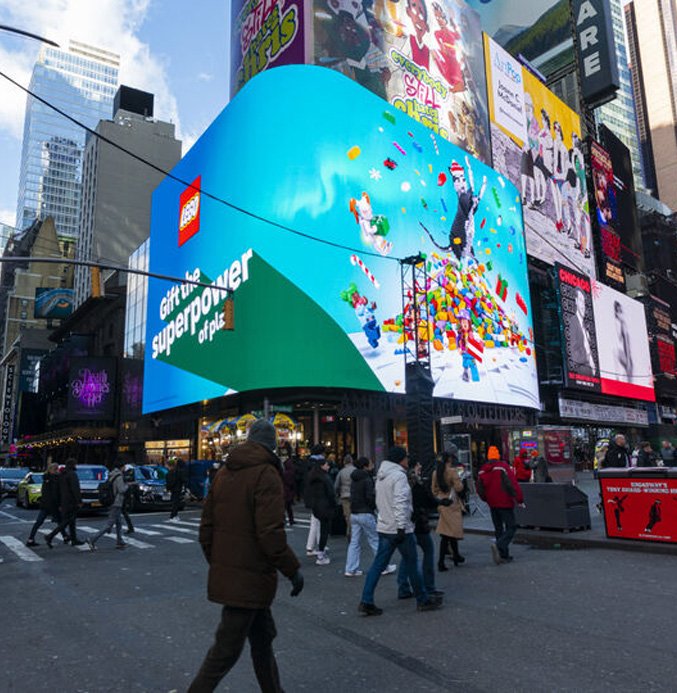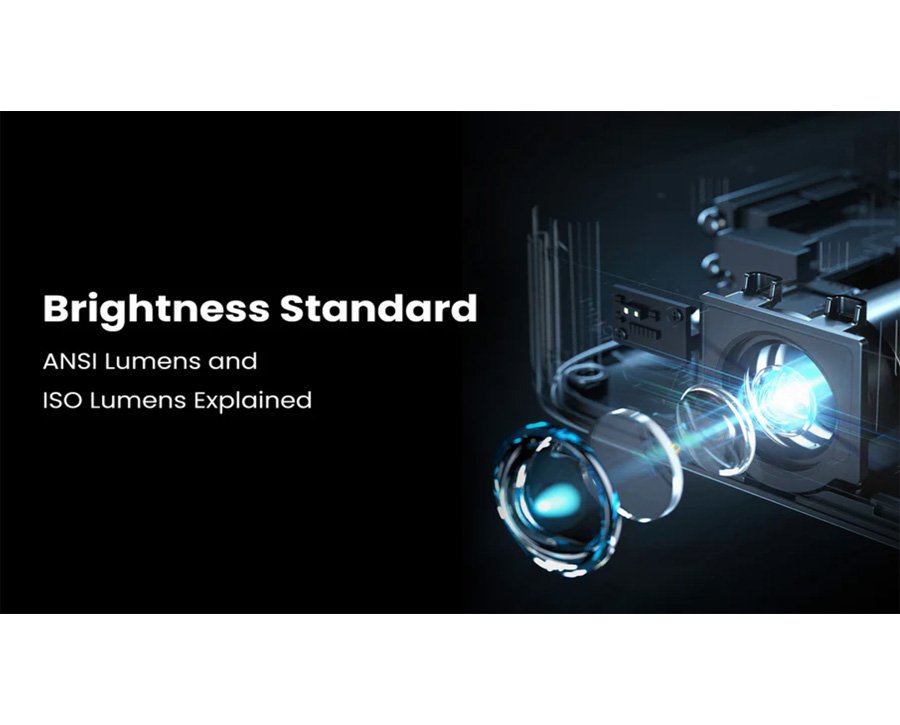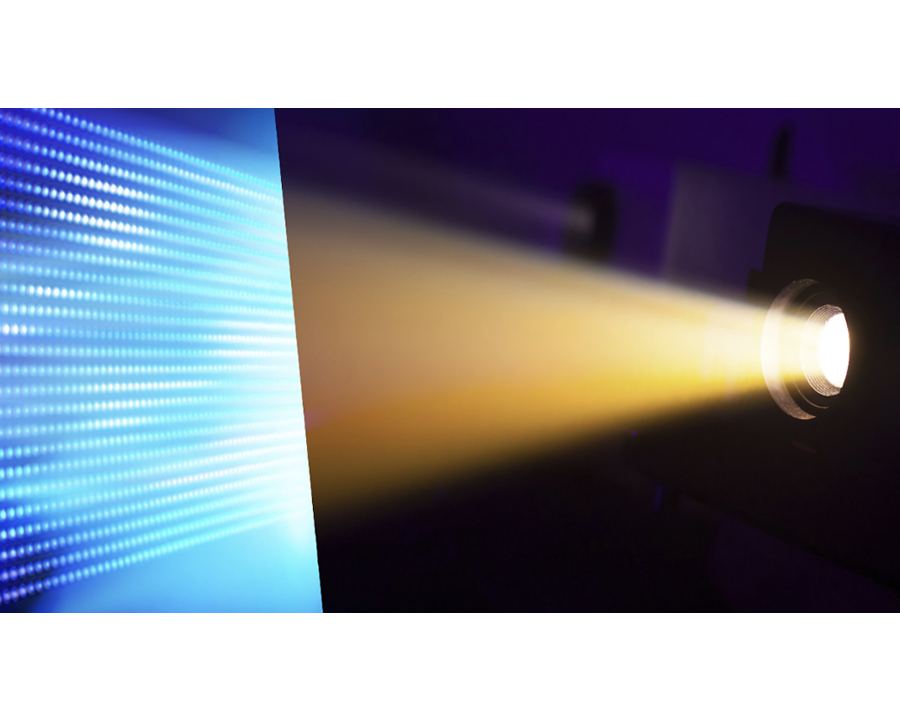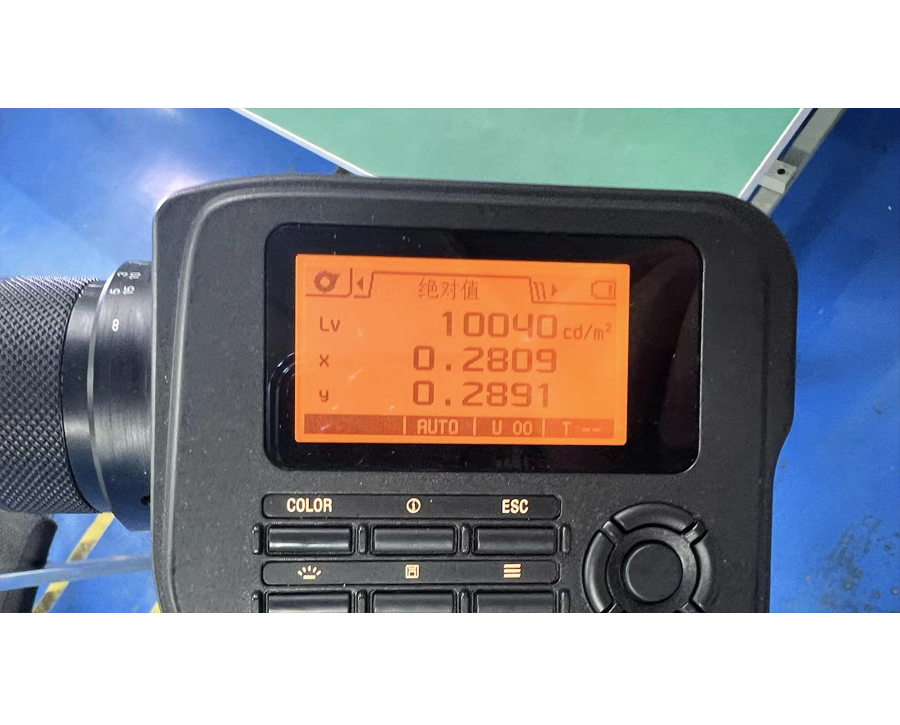
Brightness is critical in a LED display, considering the role it plays in digital displays. Brightness makes provision for clarity and visibility. The article analyzes all that is important in LED display brightness, starting with its definition and how it’s measured, through the factors influencing it to recent technological advancement.
What is LED Display Brightness?
Brightness in a LED display refers to the amount of light coming out of the screen. It is the measure of the luminosity of the screen and directly influences the clarity and vividness with which it displays images. Brightness is one of the basic qualities that would determine the viewer’s experience in ensuring that the content of the display is clear and catchy.
Notably, brightness is one of the most important aspects that cannot be understated. Further, the use of displays ranges from very dim to bright indoors and outdoors in direct sunlight. In cases of low light, high-bright screens create glare and discomfort. Similarly, with high light, displays not bright enough become dull and illegible.
Brightness plays a major role in LED display for advertising, information dispersal, and entertainment reasons. Be it a retail screen in a brightly lit mall or a digital billboard along a busy highway. Brightness ensures the content comes out clear, catches attention, and conveys a message effectively.
How to Measure LED Display Brightness
Brightness of the LED display is measured in nits or lumens.
A nit is the most common unit that measures the brightness of the LED. It is defined as the amount of light emitted by a square meter of some display surface. In simple terms, one nit is one candela per square meter, abbreviated as cd/m². Though lumens can be used for general lighting purposes. Nits are more relevant to LED displays. Since they take into account the brightness of a screen and its size.
Following are the special tools that measure the brightness of a LED display:
- Luminance Meters : These are handheld gadgets used to measure the brightness of something in nits. They are simple and give quite accurate results.
- Spectroradiometers: These are high-end pieces of equipment that will provide very detailed information about brightness and color characteristics. Hence suitable for professional usage.
Steps to measure brightness
- The measuring device should be kept perpendicular to the display surface to avoid angular discrepancies.
- The screen should be under standard conditions. For instance, its default brightness setting and normal content playing.
- Take several readings across different points on the screen to help identify any inconsistencies or variations in brightness across the display.
- The average from these readings will then be taken as the general brightness level of the screen.
Consistency is key in the measurement of brightness. Ambient lighting or even dirt on the screen can interfere with a reading. So make sure the environment is controlled for accuracy.
Factors Affecting LED Display Brightness
Several factors can determine the brightness of an LED display. Understanding these helps in selecting and maintaining optimal brightness levels for specific applications.
- Quality Of LEDs:
Brightness on the other hand depends on the quality of the LEDs used in a display. Good quality LEDs give out light evenly and lose little or no energy in the course of their usage. Cheaper alternatives may dim faster and result in uneven lighting.
- Pixel Pitch:
Pixel pitch tells how close two housing pixels are on the screen. As the pixel pitch is smaller, the number of LEDs packed into the same area increases as does the brightness of it. However, a smaller pitch raises power consumption as well, which requires good management.
- Ambient Light Conditions:
The brightness of a display depends on its environment. Outdoor displays that are in direct sunlight require high brightness levels, as high as 10,000 nits, while indoor displays can function well with lower levels, up to 1,000–2,500 nits.
- Power Consumption And Efficiency:
Generally speaking, high brightness requires high power consumption. However, modern displays are designed to make efficient use of power and balance brightness with energy efficiency. Efficient power management reduces operational costs without compromising performance.
- Display Maintenance:
The screen brightness may also decline since dust, grime or other particles collect on the outer screen covering. Less frequent cleaning reduces light to prevent wearing out of the screen and makes the screen clean to enable visibility of images on the gadget.
- Aging Of LEDs:
LEDs degrade naturally with time, which reduces their brightness. Displays with high-quality components and proper maintenance last longer without significant dimming.
Recommended Brightness Levels for Different Applications
Brightness is crucial for LED displays, and there’s an optimum degree for functionality. The choice of brightness level depends on the type of application. Examples include:
- Outdoor Advertising Displays:
Outdoor displays need to counter sunlight and elements like that. The expected brightness is between 5,000 to 10,000 nit which is used in the day and night.
- Indoor Retail Displays:
In retail environments, such as malls and showrooms. It is ideal to work in the brightness level of between 600 nits and 1000 nits. This range helps in providing good visual images at places where one cannot make a disruption on the intensity of the light being used.
- Event And Stage Displays:
Events and stages are associated with dynamic lighting arrangements. There, the brightness of displays within the range of 2,500 and 5,000 nits will be appropriate. This will ensure their content is clear under any spotlight or dimmed conditions.
- Stadium And Transportation Signage:
Such displays have applications that require high visibility from long distances and under diverse weather conditions. For such displays, brightness is recommended between 5,000 to 7,500 nits.
Advances in LED Display Brightness Technology
Recent technological advancements have greatly improved LED display brightness.
- High-Brightness LED Innovations:
The newly designed LEDs are brighter than the earlier ones in as much as they use less energy. Advancements in the chip technology and packaging, materials and processes have led to improvement in LED efficiency and longevity.
- Adaptive Brightness Technology:
Active brightness systems adjust the brightness of a display in real time, based on ambient light conditions. Besides improving visibility. It conserves energy by turning down brightness when there is low light around.
- HDR Technology:
High Dynamic Range allows for better brightness, contrast, and color accuracy on screens. HDR technology enables screens to produce detailed visuals with a greater range of luminance. Making both dark and bright areas more strikingly vivid.
- Energy-Efficiency in Designs:
Today’s LED displays are developed with a special concept that ensures that high brightness is achieved by using minimal power. Modern power control systems and energy-saving components guarantee the use of/importation of electricity in a sustainable manner.
Tips for Choosing the Right Brightness Level
The choice of brightness includes a number of factors. The following are steps to go about selecting the best:
- Choose the Location:
Determine whether the display is going to be installed inside or outside. As a consequence, outdoor advertising surfaces require higher brightness to compensate the sunlight and weather
- Assess Ambient Light Conditions:
Think about the lighting in the space where the particular display will be set up and be placed. It has been identified that the bright regions of the screen require a bright color gradient as they need to emit high levels of brightness. While the dark regions of the screen need low brightness gradients . Since they are capable of emitting high levels of light.
- Assess Viewing Distance:
Consider how far the audience will be from the display. Screens viewed from a distance need higher brightness to ensure clarity.
- Understand Content Requirements:
Dynamic content with bright colors and detailed visuals requires displays capable of handling high brightness without distortion.
- Balance Brightness And Power Efficiency:
Choose displays that are adaptive to brightness and energy-saving. This ensures optimum performance without excessive energy costs.
- Test the Display under Real Conditions:
Test your display in the environment it is destined for. Observe its performances under real lighting conditions, and make the needed adjustments.
- Long-Term Maintenance:
Use high-quality components that will not quickly degrade over time. Maintain it regularly to maintain its brightness level and increase the lifetime of the display.
Conclusion
LED display brightness stands at the core of impactful digital signage in 2025. Understanding the concept, measurement, and use will help you to find your best fit for different usage. Take full advantage of the latest developments to drive clear visibility, power efficiency, and viewer interaction to unprecedented levels.
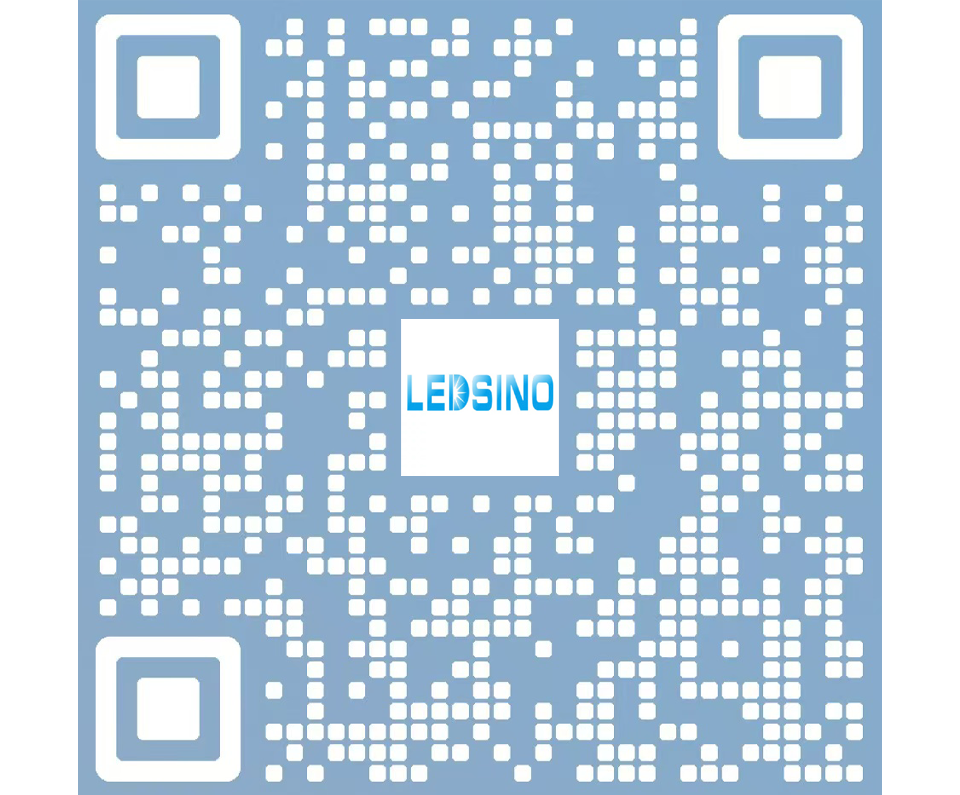
Enter the digital world with our advanced display technologies.

